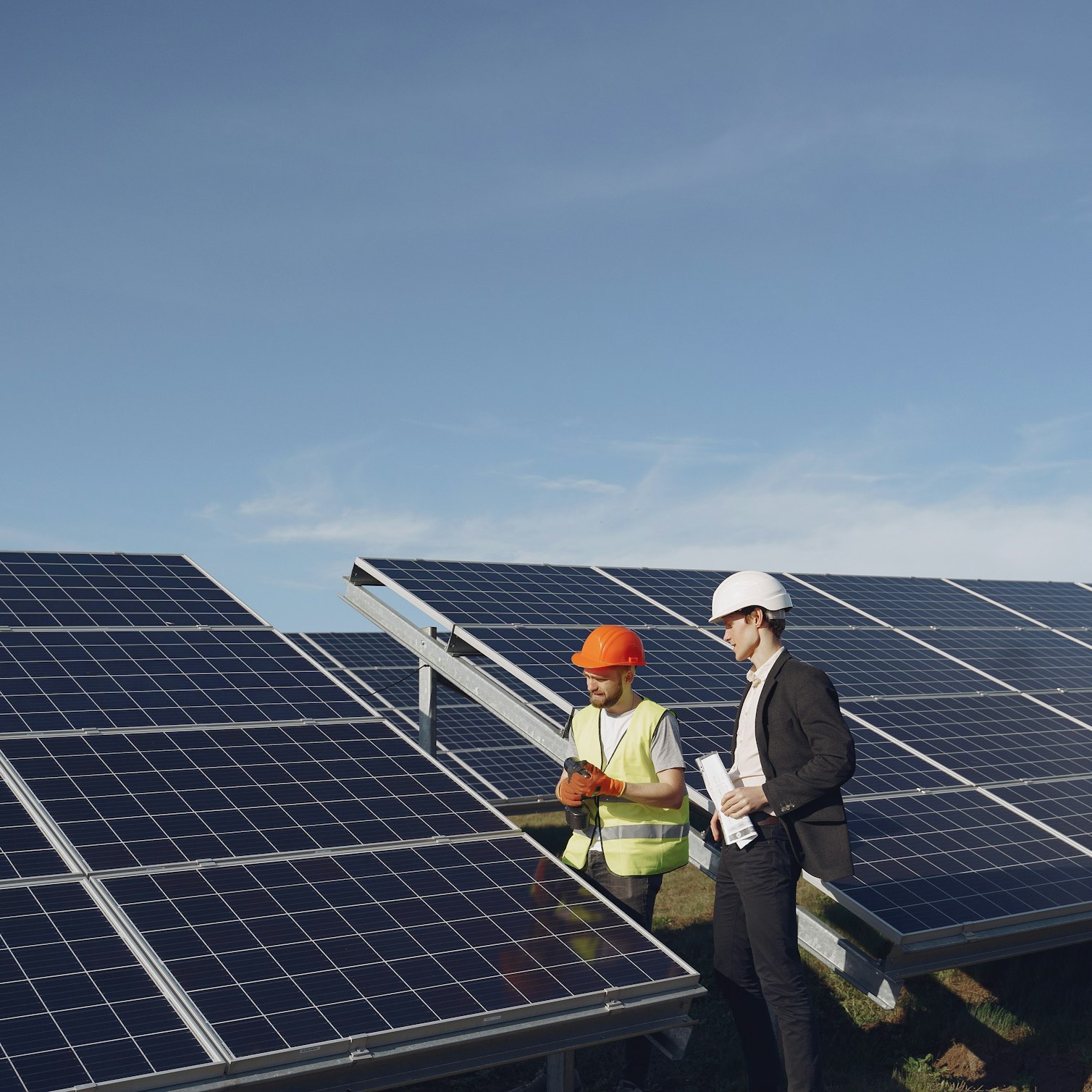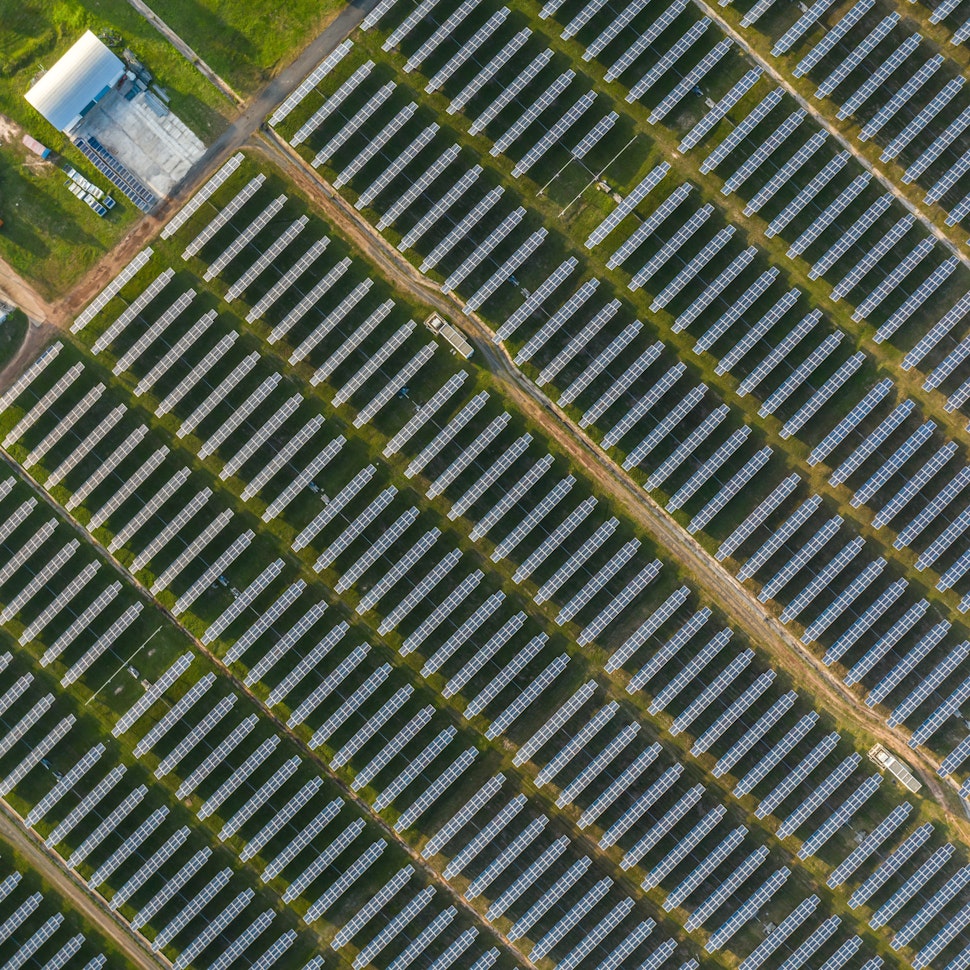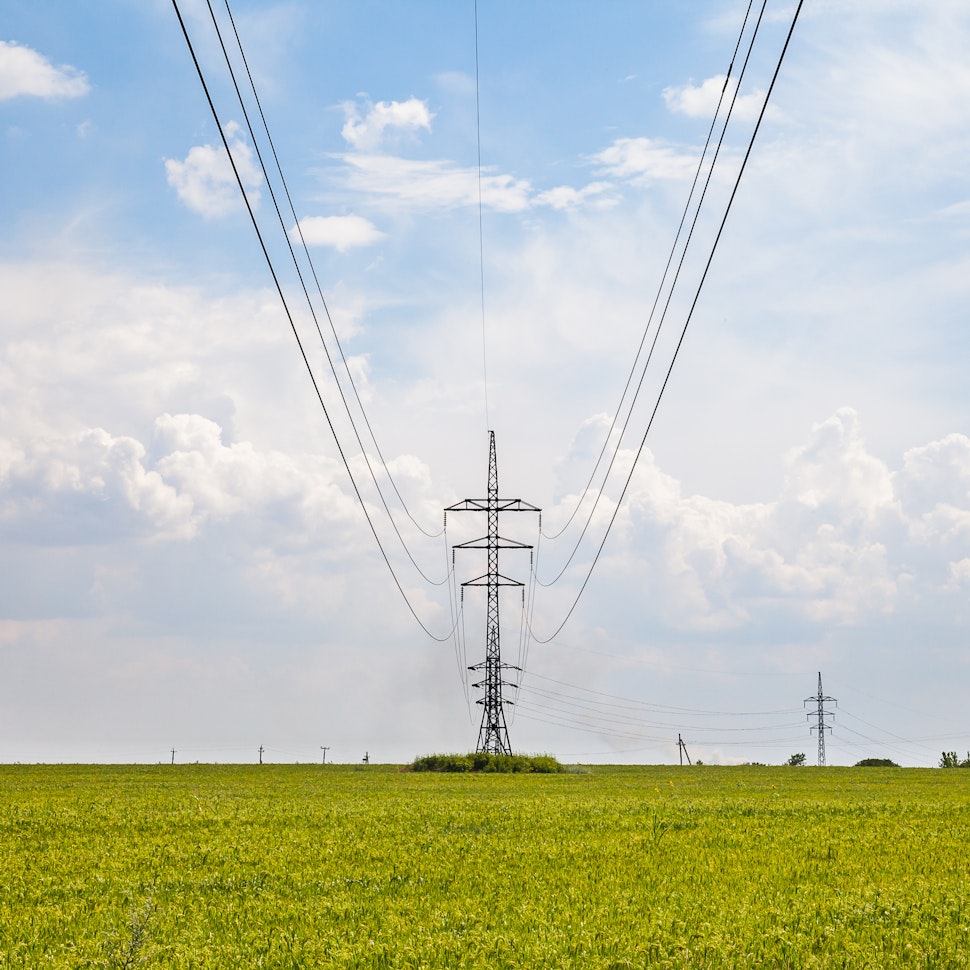- Solar energy blog
- The role of solar in decarbonizing Greece’s energy grid
The role of solar in decarbonizing Greece’s energy grid
Explore how Greece is decarbonizing its energy grid by combining solar with wind and hydro to meet demand for reliable and continuous power.


Juan Miguel Sierra
Account Executive
Juan Miguel is a sales professional responsible for Italy at RatedPower. With a background in international business & trade relations, he ensures exponential growth within these markets and the development of RatedPower’s technology.

Content
Recent geospatial analysis shows that solar PV has more potential than wind in many parts of Greece.
Although more land is technically available for wind development, solar performs better in inland basins like the decommissioned lignite mines of Megalopoli and Ptolemaida. It can also be installed on rooftops, farmland, and unused industrial land, making it easier to deploy closer to demand.
Download the Renewable Energy and Solar Research Report to unlock essential insights on the renewables industry. With expertise from our survey and data from solar simulations on RatedPower, the Report explores trends, challenges, and solar design preferences.

Still, solar alone is not enough to meet grid-wide energy demands. In this blog, we explore how Greece is combining solar, wind, and hydro energy to meet the demand for reliable, continuous power.
Greece’s roadmap to 2030 and 2050 emissions targets
Greece is ramping up efforts to reduce its reliance on fossil fuels, with plans to generate 82% of its electricity from renewable sources by 2030, up from a previous target of 66%. Its national climate law (passed in 2022) sets interim milestones: a 55% net greenhouse gas reduction by 2030 and 80% by 2040, both relative to 1990 levels.
The country enters this next phase from a strong position, having reduced emissions in all major sectors except waste management from 2005 to 2023. Per capita emissions fell by 43%, reaching 7.2 tons of CO₂ equivalent (on par with the EU average). The Greek economy’s carbon intensity also declined by 41% over the same period.
How solar complements wind and hydro in Greece’s clean energy mix
To achieve its next set of targets, Greece needs to continue scaling up renewables and modernizing its grid. Solar and wind energy are expected to anchor much of that growth, and both technologies have expanded rapidly.
In 2024, Greece added 2.6 GW of solar capacity, bringing its total capacity to 9.6 GW by the end of the year. With 2025 matching this growth, there are encouraging signs that it could reach its 2030 target by the end of 2026.
Solar and wind are complementary energy sources. Solar output declines at night and during overcast winter days, while wind is often stronger during these times. Pairing the two with battery storage helps maintain a steady power supply.
Synergy in action - Tilos Island project
The Tilos Island project, the first fully licensed hybrid renewable energy system in Greece and the Southern European region, serves as a working example of how such a setup meets real-world energy needs.
This standalone microgrid includes an 800 kW wind turbine, a 160 kW PV array, and a 2.88 MWh BESS.
Solar panels supply most of the island’s electricity during the day, while the wind turbine produces more power at night and in the winter when sunlight is limited. If either source generates more energy than the island needs, the excess output is stored in the battery to be automatically released when production drops or demand suddenly spikes. A smart control system switches between solar, wind, and battery as needed, based on real-time usage and generation. And if all three sources can’t meet demand, the system briefly activates a diesel generator as backup to supply steady, round-the-clock power.
The impact has been substantial. The hybrid system now covers around 70% of the island’s annual electricity demand, with some periods reaching up to 90%. The project, which has become a model for grid self-sufficiency in small communities, has also enabled Tilos to manage energy autonomously and exchange power with neighboring islands, such as Kos and Kalymnos.
Adding flexibility with hydropower
Hydropower can also provide an additional layer of stability to the country’s grid. Accounting for 13% of Greece’s installed capacity and 10% of its total power generation, existing hydroelectric plants can respond to fluctuations in solar and wind output.
Aside from managing variability, hydropower can be co-located with floating solar in hybrid systems to lower water evaporation while adding clean capacity. Recent studies estimate that installing floating solar panels on just 10% of the surface area of Greece’s 24 main hydropower reservoirs could add up to 3.9 GW of solar. That would produce over 5 TWh of electricity each year (about 10% of the country’s current demand) without using additional land.
How Greece is addressing barriers to a higher solar share
Despite the country’s strong solar potential, several issues are preventing faster deployment.
While the government has introduced renewable energy auctions and feed-in tariffs, limited financing for rural regions can make it harder for smaller firms to get funding.
Some projects that do manage to secure financing can often sit idle due to limited interconnection capacity. Curtailment reached a record high of 30 GWh in a week in early April this year. In 2024, it approached 1 TWh, with 900 GWh occurring between 8:00 am and 5:00 pm.
Additionally, regulatory uncertainty hinders permitting and complicates planning. Responsibility for permits can span across government agencies, complicating the process and sometimes deterring investors from committing.
The government is modernizing both policy and infrastructure to tackle these constraints.
In 2024, the country conducted multiple auctions for renewable energy projects, including Guarantees of Origin that certify and trade renewable electricity volumes on the market.
Like the rest of the EU, Greece is phasing out earlier feed-in tariffs in favor of power purchase agreements for larger projects. Permitting reforms have been implemented aiming to reduce licensing time to 14 months.
On the distributed energy level, subsidies have been made available for rooftop PV with batteries. Households can receive rebates covering 45% to 75% of installation costs based on their income level, while farmers are eligible for support ranging from 40% to 60%. Demand-side management programs that enable consumers to adjust their consumption are also being rolled out.
Aside from local initiatives, Greece is expanding cross-border grid integration. Interconnections with Italy and Bulgaria allow it to export surplus solar when supply exceeds local demand and import electricity when needed.
Designing for resilience
Greece is steadily establishing itself as a regional leader in clean energy.
Balancing intermittent solar and wind with dispatchable hydro will allow it to harness its natural resources even more effectively, building a resilient energy system capable of meeting its long-term climate targets.
Latest stories
Related posts
Market analysis
Powering through the peak: Why solar + storage is gaining momentum in MENAT
Discover how MENAT is building a functioning solar economy and why rising peak demand during extreme heat is squeezing its energy architecture.
Updated 11 DEC, 25


Market analysis
The rise of utility-scale PV + storage plants in Italy
Discover how Italy’s latest policies and auctions are driving utility-scale solar and battery storage projects to meet ambitious 2030 targets.
Updated 4 DEC, 25

Market analysis
From sun to socket: What Iberia’s grid needs to handle 2030 renewable targets
Discover how Spain and Portugal are upgrading their grids to meet ambitious renewable targets and prevent future blackouts.
Updated 25 NOV, 25

- RatedPower
- Solar energy blog
- The role of solar in decarbonizing Greece’s energy grid
 Watch a demo
Watch a demo Ask our AI Product Expert
Ask our AI Product Expert
